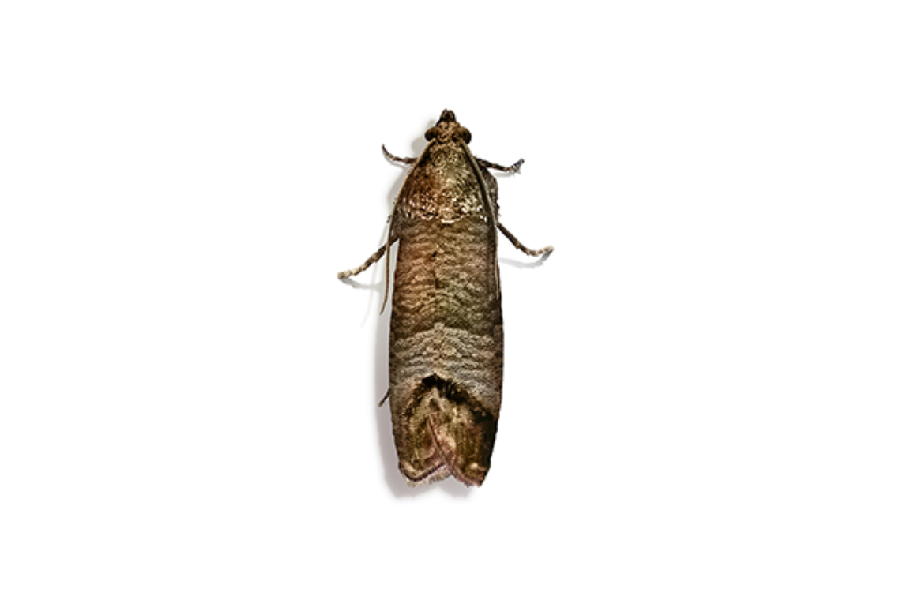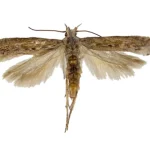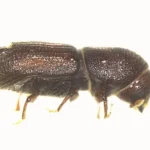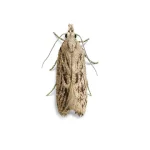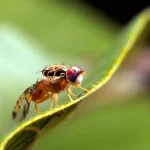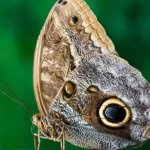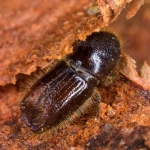Apple Codling Moth Apple codling moth (Cydia pomonella) is known as a fruit pest. It damages fruits such as apples, pears, and walnuts, with the most significant harm inflicted on apples. This damage occurs through the larvae it leaves on the fruit, which enter the fruit, eat the flesh and seeds, and leave their droppings inside. Apple codling moth is quite widespread in Europe and our country. The first generation adults emerge from mid-May. Depending on the climate, there can be one, two, or more generations per year. This species, which causes significant damage, requires effective control. This species reduces the value of the fruits remaining on the tree. If not controlled, the damage rate is around 60% and can go up to 100%. This pest causes serious economic losses, thus necessitating effective control. This pest species can be easily controlled with proper control and pruning techniques. The methods used to combat this pest species are as follows: These methods ensure effective control and keep the population under control. The apple codling moth, which causes significant damage to the fruit, inflicts the most harm on apples. Apple cultivation holds an important place in our country’s economy. The damage caused by this pest leads to losses and a decrease in production quality. Known as Cydia pomonella, this species also harms other fruits such as quince and walnuts. There are many techniques used to combat this species. Cultural measures, in particular, are one of the primary precautions to be taken. In cultural measures, it is recommended not to plant host fruit trees together. Quince and pear can be given as examples of these fruits. Other recommendations include cleaning the fallen fruits in apple orchards and performing proper orchard tillage. From the beginning of June, it is recommended to place pheromone traps on the trees. This allows eaP Pheromone traps use the pheromones of female insects. The pheromone substances placed inside the trap attract the insects. The insects drawn to the sticky panels are then destroyed. Importance of Pheromone Traps: Pheromone traps are one of the effective methods in combating this species. They are easy to set up and low in cost. It is an effective method for controlling the pest. Another method is chemical methods. In this method, the trees are sprayed, killing the larvae before they hatch. It is a method that needs to be applied carefully. It is effective, but when used together with other methods, pesticide use is minimized. In biological control methods, the natural enemies of the pest are used. Some parasitoid species find and kill the codling moth larvae. It is one of the important and effective methods in population control. Additionally, this method minimizes the use of chemical pesticides. Points to Consider in Combating Apple Codling Moth? Before using the methods to combat this species, it is important to understand this pest well. The pest lays its eggs while in the larval stage. Therefore, the life cycle of this organism is important. Knowing the pest facilitates taking early precautions, allowing early detection of attacks. Another important point is to regularly prune and maintain apple trees. Cutting dead and diseased branches reduces the hiding and breeding areas of the codling moth. Regular monitoring and using proper control methods are the most important aspects of combating this pest. For detailed information on apple codling moth and control methods, you can contact Kapar Organik.
Apple Codling Moth Pheromone Trap
Apple Codling Moth
